However, the process of implementing and replicating the model is still difficult and entangled, requiring the education sector to develop and advise authorities at all levels to issue specific policies for these schools.
Comprehensive "quality" improvement
Thong Thu Ethnic Boarding Secondary School (Que Phong, Nghe An ) is located in a border commune, with the majority of students being Thai and Khmu ethnic groups. In mid-May, the school focused on reviewing for 9th grade students for the 10th grade entrance exam.
Mr. Hoang Ngoc Thanh - Principal of the school said, implementing Circular 29/2024 of the Ministry of Education and Training , the teaching and learning activities at schools have changed a lot. However, at Thong Thu Secondary School for Ethnic Minorities, the teaching plan of 2 sessions/day is not affected.
With the characteristics of a boarding school for ethnic minorities, students from far away are allowed to stay in the school for convenience in living and studying. In the morning, the school organizes regular classes, and in the afternoon, it provides extra training and knowledge tutoring for students. Recently, the school has also implemented a program to enhance IT, English, life skills, and STEM education.
According to Mr. Thanh, the school has been providing extra classes, exam preparation, and tutoring for weak students for many years without charging students. Thanks to the ethnic boarding model, the school has maintained a stable number of students, students are diligent, and there are almost no dropouts. The school's teaching quality has been maintained and improved.
After 3 years of being recognized as a Boarding Primary School for Ethnic Minorities, Luong Minh Primary School (Tuong Duong, Nghe An), Mr. Nguyen Van Thanh - Principal said that the overall quality of education has clearly improved.
Luong Minh commune is considered as a miniature Tuong Duong district, with a large area, many remote villages, some of which are like oases in the middle of Ban Ve hydroelectric lake. Previously, the number of boarding students accounted for more than 50%. However, due to insufficient facilities, the school had to maintain 5 separate schools, making it difficult to carry out general educational activities.
From 2022, students in grades 3, 4, and 5 will be mobilized to return to the main accommodation and living area to study the 2018 General Education Program. Here, they will fully study English, IT, and life skills. The school focuses on local investment resources and mobilizes social resources to strengthen and renovate facilities and boarding houses... Therefore, student management and care are more convenient. Since then, the learning movement and comprehensive education quality have changed positively.
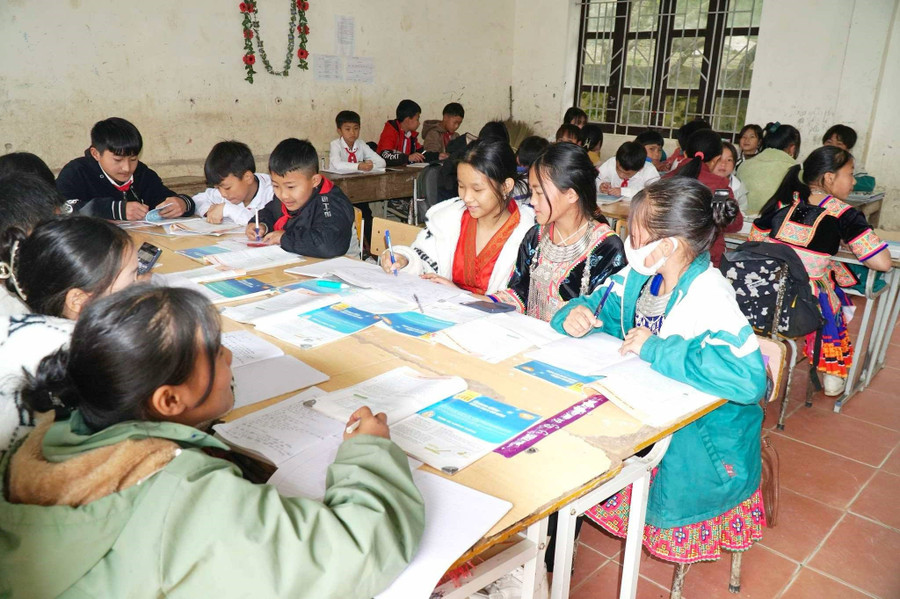
Pilot implementation at high school level
Ky Son High School and Que Phong High School were selected to pilot the new model of boarding school for ethnic minorities at the high school level in Nghe An province. For Ky Son High School, the facilities were funded to be completely new with full and modern functions including classrooms, functional rooms, library, kitchen, dormitory for students and teachers, etc.
This is the premise for the school to implement the ethnic boarding model. After 3 years of study, Ky Son High School has brought nearly 1,000 students to live in the boarding house for convenient study and training.
Que Phong High School is facing more difficulties as the boarding facilities are not yet adequate. Ms. Tu Thi Van - Principal said that previously, the boarding high school model for ethnic minorities was implemented in mountainous districts and was effective. Currently, this model has been restarted, but the school does not have boarding houses for students, but reuses old boarding rooms.
The number of rooms has been reinforced and repaired and only meets the needs of about 100 students for free accommodation. The school prioritizes students with special difficulties, whose houses are far from the school and who cannot afford to rent accommodation outside; the remaining 1,000 students are having to rent accommodation outside. This causes difficulties for the students and makes it difficult for the school to manage, care for, and organize comprehensive educational activities.
Ms. Tu Thi Van said that the school has submitted a report to the Department of Education and Training, authorities at all levels and has received approval from the province to build a new boarding house for students with a budget of 25 billion VND. Hopefully, when the project is implemented and inaugurated, students will have a spacious, clean and beautiful housing area that serves well for studying and living.
Regarding teaching activities, the school is actively implementing the contents of enhancing IT, foreign languages, life skills, life values, and STEM education for students according to Resolution 17/2024/NQ-HDND of the People's Council of Nghe An province. According to this resolution, ethnic boarding schools are supported with funds to pay for teachers to teach extra classes; supported with funds to purchase textbooks and build shared bookshelves for students.
To "eliminate" all satellite schools, Tra Nam Primary and Secondary Boarding School for Ethnic Minorities (Nam Tra My, Quang Nam) mobilized each village to have 2 parents take turns going to school to stay with the students.
Mr. Vo Dang Chin - Principal of the school said: "To ensure the required travel distance, students in grades 1-2 usually study at the village school and do not have boarding schools. The school will pay for food and living expenses for parents according to the State's regulations.
However, through monitoring, we found that the learning quality of students at the village schools is lower than that of the main schools. This is due to many reasons such as teachers having to teach combined classes and take on extra-curricular subjects, and the lack of facilities and teaching aids. Therefore, the school encourages parents at the village schools to send their children to study at the main school and stay at the boarding school.
At the beginning of the school year, when first graders are still unfamiliar with the new learning and living environment, each hamlet will send 4 parents to school to help teachers take care of the children. About 2-3 weeks later, when the children gradually get used to the living routine and have some basic self-care skills, each hamlet will only have 2 people staying for the whole week. At the end of the week, the parents are responsible for returning with the children to the hamlet so that they can be at school on Monday in time for the new week's classes.

Ensuring sustainable efficiency
According to the report of the Department of Education and Training of Nghe An, there are currently 8 ethnic boarding schools; 83 ethnic boarding schools and 50 high schools with boarding students. Of these, 2 schools are piloting the model of ethnic boarding high schools.
Organizing a boarding school model creates the best conditions for students to study, reducing inequality in access to educational opportunities. Comprehensive educational activities in a boarding school environment not only improve the quality of teaching and learning, but also enhance life skills, preserve and promote the national cultural identity of students. This is also the basis for schools to stabilize teaching and learning, limit the number of students dropping out of school, and gradually improve the quality of education.
Implementing the model of ethnic minority boarding schools, localities have actively arranged to merge and consolidate school locations. Thereby, contributing to streamlining the payroll, saving teachers as well as the salary budget for the State. The facilities of ethnic minority boarding schools and schools with boarding students have also received attention and key investment.
However, the process of implementing and replicating the model of boarding schools for ethnic minorities also encountered many difficulties and problems. In fact, although implementing the boarding model with corresponding policies, students of these schools all gathered at the school to study and live like boarding students. Therefore, the school had to find ways to "feed" the students.
Mr. Nguyen Van Thanh - Principal of Luong Minh Primary Boarding School, said that the school has 299/525 boarding students. Due to the distance from their homes, students in the lake area such as Ca Moong and Xop Chao villages have to travel by boat for hours to get to school, so they cannot go back and forth regularly. To ensure safety and ease the burden on parents, the school only lets students go home for the weekend every 2 weeks.
“In return, we have to provide extra support for students on Saturdays and Sundays; assign teachers to work night shifts to manage and take care of the students at night without any payment. The school cannot collect money from parents because of the difficult family circumstances of the students. Currently, we are mobilizing social resources to support living expenses, and teachers volunteer to work extra shifts,” said Mr. Nguyen Van Thanh.
Ky Son district has the largest number of ethnic boarding schools in the province. Mr. Pham Viet Phuc - Head of the Department of Education and Training hopes to focus on synchronous investment in facilities, especially boarding houses for students. In addition, increase IT and foreign language teachers to ensure the implementation of the 2018 General Education Program. Regarding the policy regime for boarding students, the opinion of the Head of the Department of Education and Training of Ky Son district needs to be adjusted to suit the physical condition and needs of each level of education.
In recent years, to contribute to improving the effectiveness of education in mountainous areas, the Nghe An Department of Education has accelerated the establishment of boarding schools for ethnic minorities. “In the coming time, we will continue to advise authorities at all levels to develop specific policies and mechanisms for these schools; invest resources in sustainable development of education in ethnic minority and mountainous areas; increase funding to support boarding schools for ethnic minorities to improve foreign language skills, IT, STEM education, and digital skills,” informed Mr. Thai Van Thanh - Director of the Nghe An Department of Education and Training.
At Tra Nam Primary and Secondary Boarding School for Ethnic Minorities, because parents live and eat with students, each year the Board of Directors has to mobilize funds from socialized sources to pay for meals for about 6-8 parents/month. With a total of 342 students, the school only has 5 staff to cook.
“If we calculate the coefficient of service staff for every 40 students, the number of staff at the school can only meet the needs of 200 students. This causes overload for those in charge of related tasks, many schools cannot find catering staff to contract. The number of parents supporting the school's boarding students also helps catering staff prepare food, clean, and take care of the children...”, Mr. Chin informed.
Mr. Chin also said that if we compare the functions and tasks of the semi-boarding school model and the district boarding school model, they are basically no different. Semi-boarding schools still take care of boarding students from Sunday afternoon until Friday afternoon, after which they return home. However, there is a difference in the support system for teachers, staff and students.
Mr. Chin suggested that the number of staff serving meals for students in ethnic minority boarding schools should not be limited, but should be based on the actual situation. Because currently, the number of students eating and staying in boarding schools in ethnic minority and mountainous areas is more than 250 students, many schools have more than 300 students but a maximum of only 5 people cooking is overloaded.
“In schools with both primary and secondary school students, meal times are different. Food preparation is also different to suit their age, and the menu must be adjusted, such as for primary school students, the amount of vegetables and fruits will be less, and the food portion must have more protein...”, Mr. Chin gave an example.
Nghe An Department of Education and Training has advised the Provincial People's Council to issue Resolution 17 to support funding for 85 ethnic boarding schools in the area to teach programs to enhance IT, foreign languages, life skills, STEM... In the coming time, the sector will proactively arrange the planning of the educational institution network in a synchronous, interconnected, streamlined, practical direction, and ensure the right to access education for learners in remote areas.
Source: https://giaoducthoidai.vn/can-chinh-sach-dac-thu-phat-huy-hieu-qua-mo-hinh-truong-dan-toc-ban-tru-post737373.html


![[Photo] Prime Minister Pham Minh Chinh chairs the Government's online conference with localities](https://vphoto.vietnam.vn/thumb/1200x675/vietnam/resource/IMAGE/2025/10/5/264793cfb4404c63a701d235ff43e1bd)
![[Photo] Prime Minister Pham Minh Chinh launched a peak emulation campaign to achieve achievements in celebration of the 14th National Party Congress](https://vphoto.vietnam.vn/thumb/1200x675/vietnam/resource/IMAGE/2025/10/5/8869ec5cdbc740f58fbf2ae73f065076)











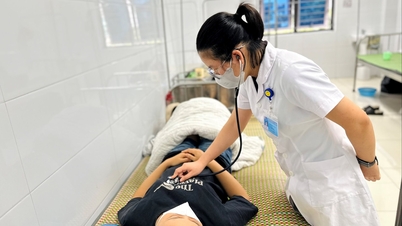

















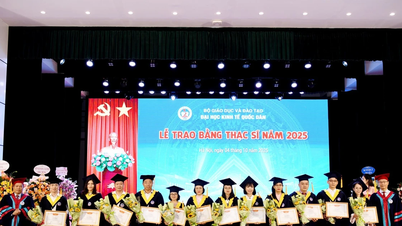






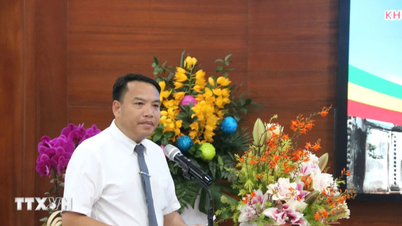












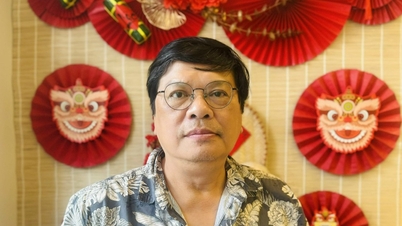







![[VIDEO] Summary of Petrovietnam's 50th Anniversary Ceremony](https://vphoto.vietnam.vn/thumb/402x226/vietnam/resource/IMAGE/2025/10/4/abe133bdb8114793a16d4fe3e5bd0f12)

![[VIDEO] GENERAL SECRETARY TO LAM AWARDS PETROVIETNAM 8 GOLDEN WORDS: "PIONEER - EXCELLENT - SUSTAINABLE - GLOBAL"](https://vphoto.vietnam.vn/thumb/402x226/vietnam/resource/IMAGE/2025/7/23/c2fdb48863e846cfa9fb8e6ea9cf44e7)



















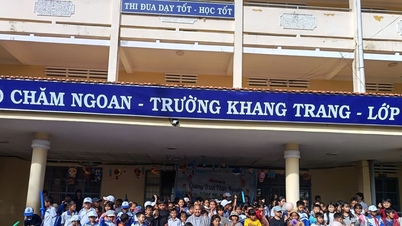


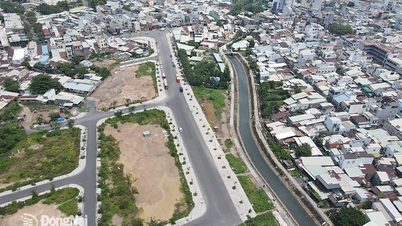


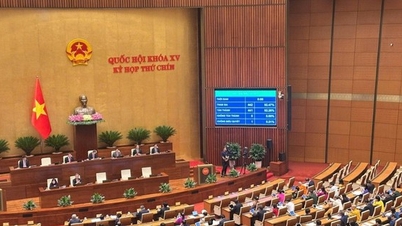










Comment (0)